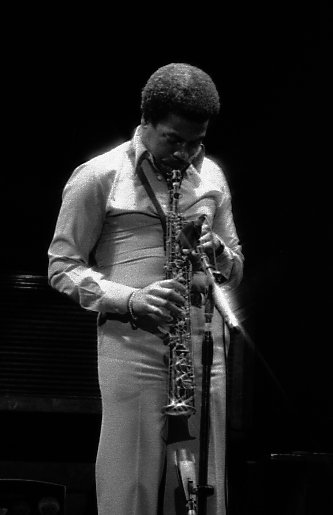Introduction to "Footprints"
"Footprints" is a classic jazz composition by Wayne Shorter, first appearing on his 1966 album "Adam's Apple" and later gaining wider recognition through its inclusion on the Miles Davis album "Miles Smiles". This track stands as a testament to Shorter's innovative approach to jazz during the 1960s.
Cultural Context of the 1960s
During the mid-1960s, the music world was abuzz with the British Invasion, the rise of psychedelia, and the evolution of jazz. Wayne Shorter emerged as a pivotal figure in jazz, contributing to its transformation with his unique compositions and performances. "Footprints" encapsulates the spirit of exploration and experimentation that defined the decade.
Production & Sound
"Footprints" is notable for its sophisticated arrangement and the use of a 6/4 time signature, which was unconventional for jazz standards at the time. The track features a haunting melody and a modal structure that allows for expressive improvisation. The interplay between Shorter's tenor saxophone and the rhythm section, including the legendary Herbie Hancock on piano, creates a rich, textured soundscape.
Notable Covers & Live Performances
One of the most celebrated versions of "Footprints" is by the Miles Davis Quintet, which brought the track to a broader audience. Their interpretation on the album "Miles Smiles" is revered for its dynamic energy and intricate solos, highlighting the synergy between Davis and Shorter.
Modern Legacy
Today, "Footprints" remains a staple in the jazz repertoire, frequently performed and recorded by artists worldwide. Its enduring appeal lies in its complex yet accessible structure, making it a favorite for both musicians and audiences. The track continues to inspire new generations, cementing Wayne Shorter's legacy as a visionary in the world of jazz.


Comments (0)